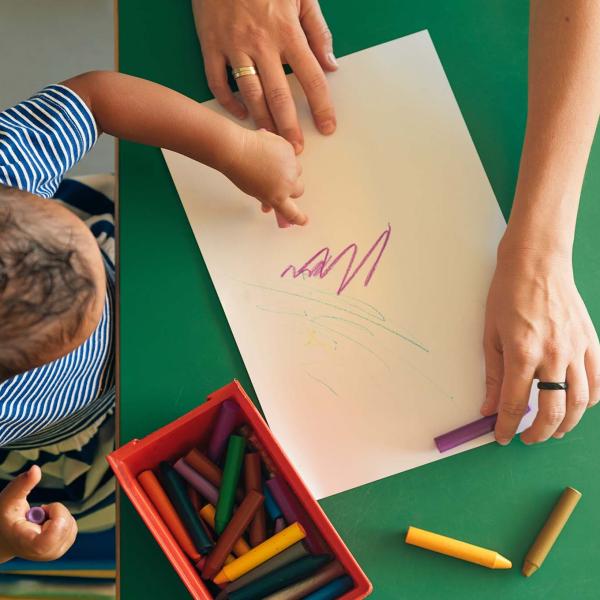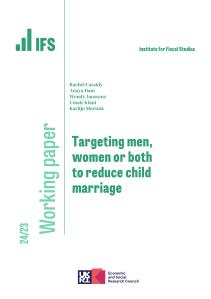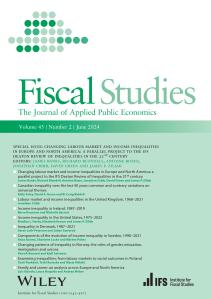- Women now have higher rates of secondary school graduation and tertiary education than men in most countries in the region (as in all OECD countries). In secondary education, the gap ranges from 3 points in low-income countries to 8 percentage points in high-income countries. In tertiary education, the equivalent gaps are 2 and 6 percentage points respectively.
- In international tests taken at age 15 (PISA), there is a gender gap favoring boys in math and a larger one favoring girls in reading. Over the period in our sample, these gaps have on average decreased.
- There is a gender gap in confidence in mathematical ability. For the same math test score in the PISA exam, girls are less confident about their abilities.
- Girls are less than half as likely as boys to expect to work in STEM areas and this is mirrored in employment in these fields, where there is a large gender gap in all LAC countries. This is despite opinion polls finding that the overwhelming majority of the population thinks that women and men are equally capable in science and technology.
- Across cohorts many countries have seen a large increase in female labor force participation but others have stagnated (e.g., Mexico, Honduras, and Nicaragua), and some have actually fallen (e.g. Colombia).
- Women, irrespective of their employment status, spend over twice as much time on non-market work (housework and care activities) than men, leading them to work a greater number of hours overall on average.
- Women’s, but not men's, labor force participation and earnings fall dramatically once they become parents -- by around 20-40% and 20-50%, respectively.








